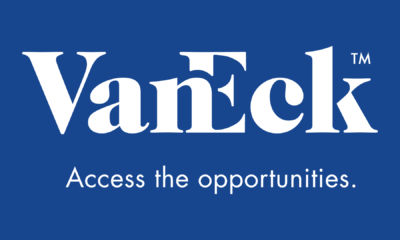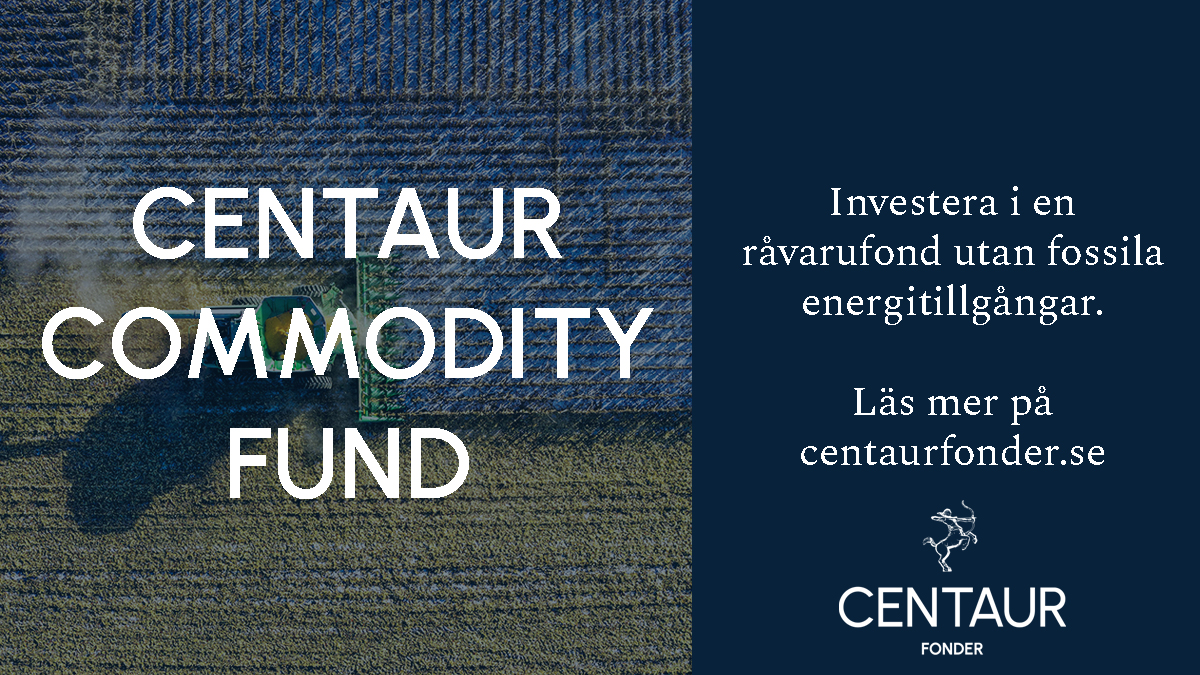The BofA Merrill Lynch US Fallen Angel High Yield Index (H0FA), which VanEck Vectors Fallen Angels High Yield Bond ETF (ANGL) seeks to track, will implement a rule change on September 30 raising the minimum amount outstanding permissible for each bond issue from $100 million to $250 million. As a result, approximately 7.4% of the current Index will be eliminated. We see this as a positive move that should help improve the overall liquidity of the Index’s universe, while imposing relatively minimal impact on potential performance and composition.
Improving Liquidity by Removing Small Holdings
The rule change will help promote the Index’s liquidity by eliminating a number of very small components that tend to be less liquid and difficult to trade relative to larger issues. This is likely to have two very positive effects. First, market makers in the ANGL ETF will no longer see bond issues smaller than $250 million in creation and redemption baskets, with positive ramifications for their estimated cost of trading those baskets. Second, eliminating hard-to-trade smaller positions from the underlying Index could help improve ANGL’s tracking error, as the ETF may now be more closely aligned with the Index’s constituency.
Little Impact to Performance, Yield, and Duration
Based on the Index’s historical return profile, we anticipate that the rule change is likely to have minimal impact on Index performance. A closer look at the smaller positions expected to be removed from the Index, reveals that they contributed approximately 130 basis points (bps), or just 1.3%, of the Index’s 22.4% year-to-date total returns. We also note that the yield and duration of the ETF and Index are expected to remain little changed once the smaller bond issues are cut.
Sector and credit composition should be minimally impacted as well. Sixteen out of the eighteen Merrill Lynch Level III sectors’ allocations will likely be trimmed between 0.06% and 0.90%. The automotive sector’s allocation, which was only 0.27% of the Index, would be 0%. In terms of credit quality, we feel the impact of the rule change is minimally positive. The BB-rated group is estimated to remain approximately 75% of the Index, while the lower end of the credit spectrum should decrease slightly, as shown in the table below.
Estimated Credit Quality Impact from Index Rule Change
Source: BofA Merrill Lynch.
Based on data as of August 31, 2016. Estimates excluded current bond issues with face values under $250 million. Estimates are not guaranteed and may not reflect actual Index characteristics following rule change. Composite ratings are based on the simple averages of ratings from Moody’s, S&P, and Fitch. This composite is not intended to be a credit opinion.
A Positive Enhancement for Investors
We view the Indexer’s decision to raise the minimum amount outstanding for its eligible Index constituents as favorable for investors of VanEck Vectors Fallen Angel High Yield Bond ETF (ANGL). The enhancement is expected to eliminate the smaller, less liquid positions with what appears to be a minimal impact on potential performance and composition.
Authored by Meredith Larson, Product Manager, VanEck VectorsTM ETFs
IMPORTANT DISCLOSURE
Source of all data: BofA Merrill Lynch, FactSet. Data as of August 31, 2016. Fallen angels are high yield corporate bonds that are originally issued with investment grade credit ratings, and are represented by the BofA Merrill Lynch US Fallen Angel High Yield Index (H0FA). The broad high yield bond market is represented by BofA Merrill Lynch US High Yield Index (H0A0).
Duration is a measure of the sensitivity of the price of a fixed-income investment to a change in interest rates.
Tracking error is the divergence between the price behavior of a position or a portfolio and the price behavior of a benchmark.
This content is published in the United States for residents of specified countries. Investors are subject to securities and tax regulations within their applicable jurisdictions that are not addressed on this content. Nothing in this content should be considered a solicitation to buy or an offer to sell shares of any investment in any jurisdiction where the offer or solicitation would be unlawful under the securities laws of such jurisdiction, nor is it intended as investment, tax, financial, or legal advice. Investors should seek such professional advice for their particular situation and jurisdiction.
The indices listed are unmanaged indices and do not reflect the payment of transaction costs, advisory fees, or expenses that are associated with an investment in any underlying exchange-traded funds. Index performance is not illustrative of fund performance. Fund performance current to the most recent month end is available by visiting vaneck.com. Historical performance is not indicative of future results; current data may differ from data quoted. Indexes are unmanaged and are not securities in which an investment can be made.
The information herein represents the opinion of the author(s), but not necessarily those of VanEck, and these opinions may change at any time and from time to time. Non-VanEck proprietary information contained herein has been obtained from sources believed to be reliable, but not guaranteed. Not intended to be a forecast of future events, a guarantee of future results or investment advice. Historical performance is not indicative of future results. Current data may differ from data quoted. Any graphs shown herein are for illustrative purposes only. No part of this material may be reproduced in any form, or referred to in any other publication, without express written permission of VanEck.
BofA Merrill Lynch US Fallen Angel High Yield Index (H0FA) is a subset of the BofA Merrill Lynch US High Yield Index (H0A0), including securities that were rated investment grade at time of issuance. BofA Merrill Lynch US High Yield Index (H0A0) is comprised of below-investment grade corporate bonds (based on an average of Moody’s, S&P, and Fitch) denominated in U.S. dollars. The country of risk of qualifying issuers must be an FX-G10 member, a Western European nation, or a territory of the U.S. or a Western European nation.
Performance and characteristics of the BofA Merrill Lynch US Fallen Angel High Yield Index (H0FA) are quoted throughout this material. H0FA is representative of the entire fallen angel high yield corporate bond market. H0FA does not represent the performance or yield of the VanEck Vectors Fallen Angel High Yield Bond ETF.
Merrill Lynch, Pierce, Fenner & Smith Incorporated and its affiliates (”BofA Merrill Lynch”) indices and related information, the name ”BofA Merrill Lynch,” and related trademarks, are intellectual property licensed from BofA Merrill Lynch, and may not be copied, used, or distributed without BofA Merrill Lynch’s prior written approval. The licensee’s products have not been passed on as to their legality or suitability, and are not regulated, issued, endorsed, sold, guaranteed, or promoted by BofA Merrill Lynch. BOFA MERRILL LYNCH MAKES NO WARRANTIES AND BEARS NO LIABILITY WITH RESPECT TO THE INDICES, ANY RELATED INFORMATION, ITS TRADEMARKS, OR THE PRODUCT(S) (INCLUDING WITHOUT LIMITATION, THEIR QUALITY, ACCURACY, SUITABILITY, AND/OR COMPLETENESS).
Fund shares are not individually redeemable and will be issued and redeemed at their Net Asset Value (NAV) only through certain authorized broker-dealers in large, specified blocks of shares called ”creation units” and otherwise can be bought and sold only through exchange trading. Creation units are issued and redeemed principally in kind. Shares may trade at a premium or discount to their NAV in the secondary market.
An investment in the Fund may be subject to risks which include, among others, high yield securities, credit, interest rate, restricted securities, market, call, investing in foreign securities, investing in the financial services sector, investing in the energy sector, investing in the basic materials sector, investing in the telecommunications sector, sampling, index tracking, replication management, authorized participant concentration, no guarantee of active trading market, trading issues, fund shares trading, premium/discount, liquidity, and concentration risks all of which may adversely affect the Fund. High yield bonds may be subject to greater risk of loss of income and principal and are likely to be more sensitive to adverse economic changes than higher rated securities. International investing involves additional risks which include greater market volatility, the availability of less reliable financial information, higher transactional and custody costs, taxation by foreign governments, decreased market liquidity and political instability. The Fund’s assets may be concentrated in a particular sector and may be subject to more risk than investments in a diverse group of sectors.
Investing involves substantial risk and high volatility, including possible loss of principal. Bonds and bond funds will generally decrease in value as interest rates rise. An investor should consider the investment objective, risks, charges and expenses of the Fund carefully before investing. To obtain a prospectus and summary prospectus, which contains this and other information, call 800.826.2333 or visit vaneck.com. Please read the prospectus and summary prospectus carefully before investing.

 Nyheter4 veckor sedan
Nyheter4 veckor sedan
 Nyheter4 veckor sedan
Nyheter4 veckor sedan
 Nyheter7 dagar sedan
Nyheter7 dagar sedan
 Nyheter3 veckor sedan
Nyheter3 veckor sedan
 Nyheter5 dagar sedan
Nyheter5 dagar sedan
 Nyheter3 veckor sedan
Nyheter3 veckor sedan
 Nyheter4 veckor sedan
Nyheter4 veckor sedan
 Nyheter2 veckor sedan
Nyheter2 veckor sedan
























